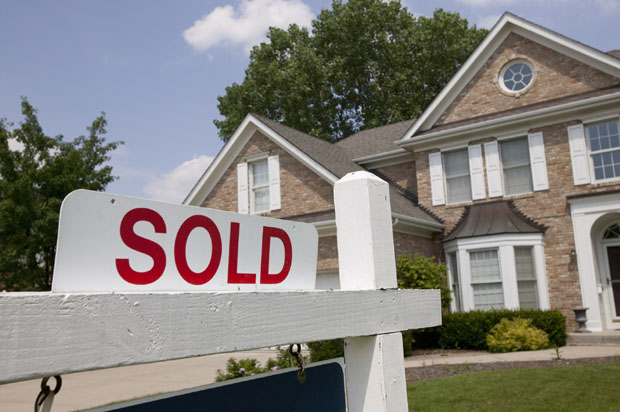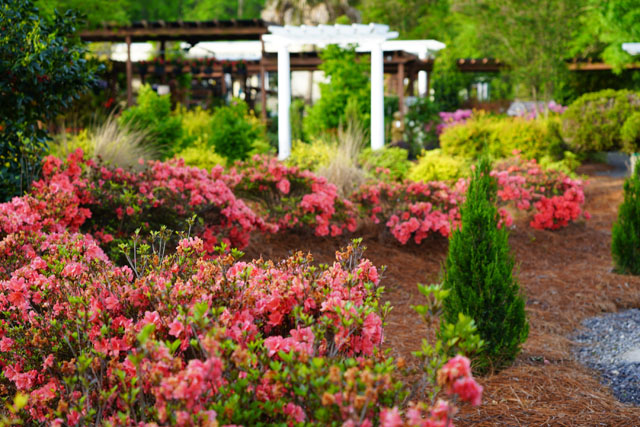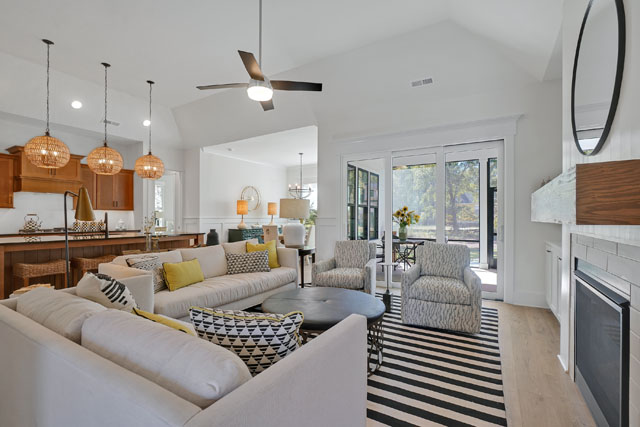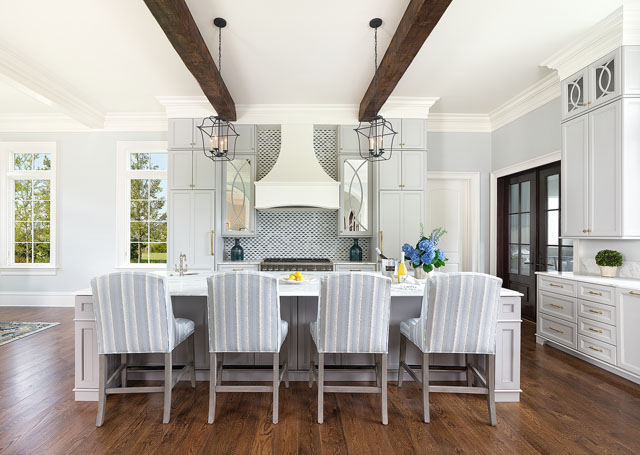The Real Deal
04 Jul 2014
A review of the current conditions of Charleston's real estate and housing market
By MARIE SEBASTIAN

As a writer, I have interviewed countless people who wanted to move to the Lowcountry for various reasons ― but at the top of everyone's list is the earnest declaration about how they simply fell in love with the area and decided to stay here for the long haul. However, the manner in which they purchased a home is a different story entirely ― usually with a happy ending, thanks to our hardworking real estate professionals.
It's no secret that the real estate market in Charleston and the tri-county area is thriving significantly ― more so than many other places in the country. The number of people determined to relocate to the Holy City each year is a pretty good indicator that houses are hot commodities in Charleston.
Perhaps one of the reasons is the fact that the different communities of the Charleston metro, from Summerville to Seabrook to West Ashley, offer something distinct and appeal to different kinds of people and different budgets.
In fact, according to the CharlestonRealtors.com 2013 Annual Report on the Charleston Housing Market, median home prices in Charleston were up more than 8 percent in 2013, in contrast with 2012 and more than 13 percent from 2009.
And where are we putting all the new people flocking to the area? Well, condos are one answer ― and out of the 21.3 percent new construction in 2013 in Charleston County, more than 17 percent was for condominium housing.
"From a land perspective and developmental perspective, home builders are out there looking for residential opportunities," said Josh Schapp, a commercial broker with Keller Williams Commercial. "If there's a piece of dirt in a good area, we're seeing two to five builders snatch up the property."
Schaap also explained how those fortunate enough to own land are maintaining the land and "holding out" for the best possible price when it comes to enticing a builder. If, for example, a builder estimates he can fit 25 condo homes on a piece of land, the individual owner will bargain for the price of each potential home. In 2013, Johns Island saw a significant amount of new construction, followed closely by the Wando/Cainhoy area, North Charleston, Goose Creek and North Mount Pleasant.
Michael Scarafile, president of Carolina One Real Estate, noted the continuing growth as well.
"The neighborhoods, even the ones that decreased in size and suffered tremendously, are starting to recover one by one," he said. "In Mount Pleasant there are new apartment complexes being built as we speak. The growth is happening all around us."
In other words, it's never been a better time to buy or sell a house. Sellers listed 13.9 percent more homes in 2013 than in 2012 ― and meanwhile, buyers purchased about 21 percent more homes in 2013. Trends throughout 2014, according to the 2013 Annual Report, should remain favorable for everyone.
Need a Home Loan?
Confidence is gaining as home sales continue to remain steady.
Right after the economy took a tough hit, the housing market here in Charleston was forced to give up the fairy tale we'd all been living for several years: anyone could obtain any bank loan and move into the home of their dreams. But after the recession hit, the number of foreclosures and the families forced to relocate were hard reality checks. You've probably heard ― or experienced ― that around the Lowcountry, we're raising our chins again and regaining optimism regarding housing. Though the economy still has a long way to go in some aspects, there is no shortage of people moving to Charleston to immerse themselves in the beauty of the area.
But what does that mean for mortgage loans? Well, you might think that because more houses are purchased, big banks are thriving again and rates are low. But this isn't necessarily so. According to an article published in the Post and Courier and written by John McDermott in March 2014, despite that home purchases "are on the upswing," the sales are not providing much profit for banks. This is partially because the pool of borrowers is smaller and interest rates remain fairly low. Still, potential borrowers remain hopeful and in search of good news.
For Mandie Carson, a single mother living in a rental property with her young son, finding and buying a home in Charleston is proving a journey ― but she did get pre-approved by Bank of America for a loan. She described her loan officer as being helpful and pursuing her best interest as a buyer throughout the process.
"He has been very attentive," she affirmed. "He follows up with me every week."
This is actually Carson's second venture purchasing property; in 2008, she bought her first home in Columbia, Tennessee and paid cash ― a practice that many Charleston homebuyers are familiar with. Even then, the Bank of America in Columbia approved her for a loan.
Carson's example of persistence is one that area banks are hoping will lead the charge. More borrowers willing to ask for loans and invest in Charleston property will mean a better profit for banks ― and eventually, lower rates for all involved.
If you've been considering purchasing a property in the Lowcountry area and questioned whether you could get a loan, take heart. Right now, there's an abundance of property in various price ranges ― from million-dollar houses on the beach to affordable, cozy condominiums. And even though, these days, you might not get approved for the enormous loan that you couldn't afford, area banks are more than happy to work within your budget and your vision.












